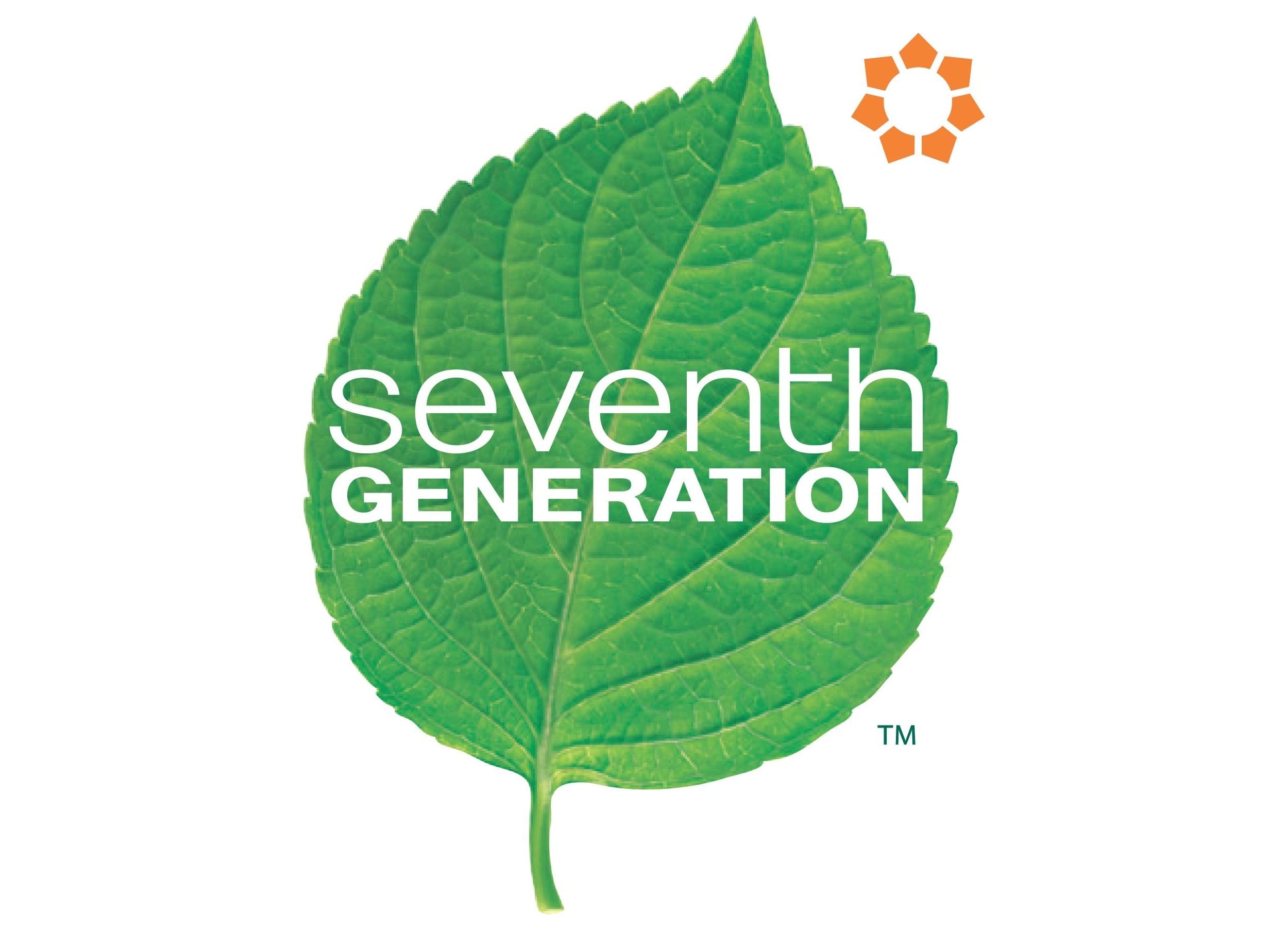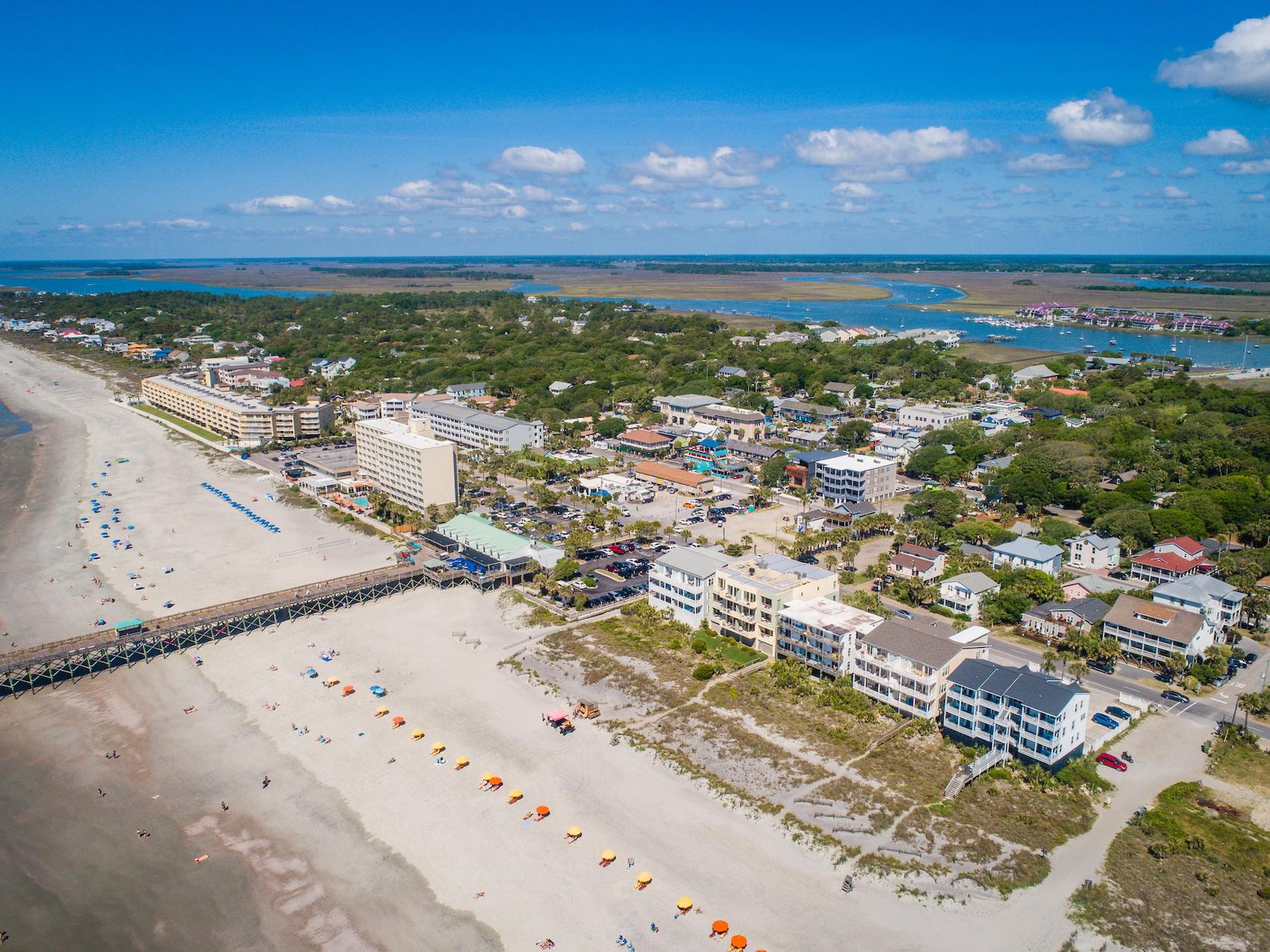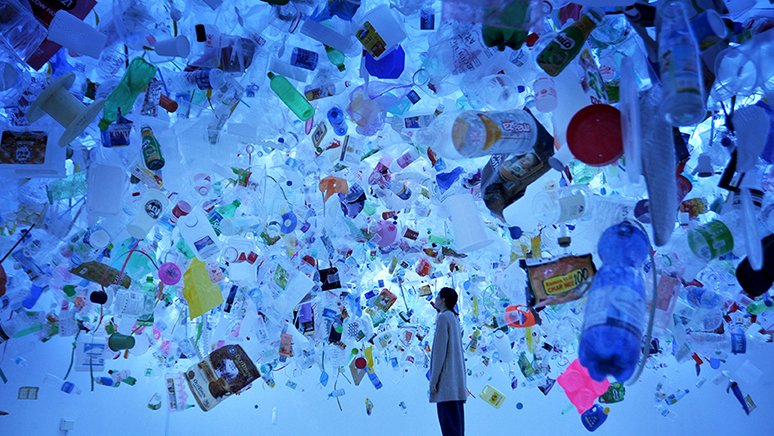Seventh generation is a green company that focuses on being eco-friendly especially with its packaging as well as using recycled materials and plant-based products. Their goal is “to transform the world into a healthy, sustainable & equitable place for the next seven generations.” Seventh Generation is all about being 100% biobased and is aiming to be a zero-waste company by 2025.

They also focus on environmental advocacy by supporting other green companies like Sierra Club(an environmental initiative that gets cities to commit to 100% clean renewable energy) Seventh Generation offers grants to many nonprofit organizations, while they also offer help to indigenous-led nonprofits for the environment and social welfare of people. They operate on a large scale and do the absolute most to reach out as far and realistically as possible to cover all the bases of being a clean company. Their website is very open and honest about its efforts to create a better environment and what extra involvements they have with third-party associations. They also have all of their products listed as well as what is contained in them and how the packaging is made and what it’s made from. On the website, it seems very open and honest with its consumers and gives off the appearance of being an ecofriendly marketplace for sustainability. They have their mission, values, activism, blogs, products, and community all highlighted and easy to find so consumers have a better time finding them and doing their own research. 
I would say there is little to no element of greenwashing because all of what they are saying and doing is true to their statements and they are not making any of their products or advocacy up/exaggerated. They seem very truthful when it comes to how their products are made and the steps they are taking in order to stay true to being sustainable. This is pulled from their 2020 impact report about a goal they had met for that year z In 2020, 97% of product packaging, by volume, was what we considered to be ‘Zero Waste’ — reusable, recyclable or biodegradable” they also state in the same report that As our business grew so did our greenhouse gas emissions and our total plastics use”. The last quote can go to show that although they are doing good things they still fell short on some of the other goals they have in place, thus keeping true to their transparency agreement.
“We have been humbled by what 2020 has taught us, and we emerge with a strengthened commitment to make meaningful progress for future generations. I encourage you to join us in, and hold us accountable for, ensuring that we do our part for a more equitable and sustainable climate future.”
The effects ts that have come from this company have largely affected many people and have helped get our plant closer to being green again. Their efforts have influenced many people to turn to their products as well as chose other green organizations. hopefully, one day soon, every company will be doing as much as Seventh Generation to make our early shine bright again!










